Archive
Category Archives for "ADHD"ADHD
ADHD
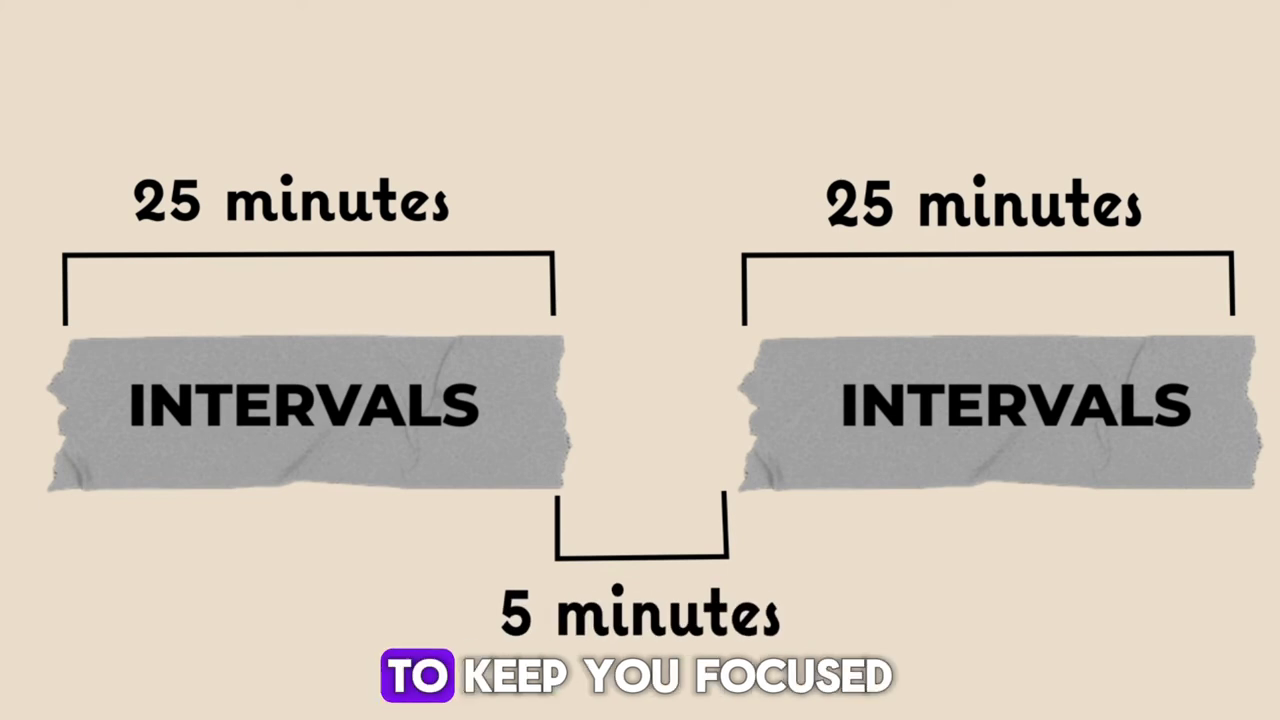
Welcome back to DP’s health and wellness! Today, we’re diving into a game-changing technique for folks with ADHD: the Pomodoro technique. If you struggle with staying focused and motivated, this method might just be the solution you’ve been looking for.
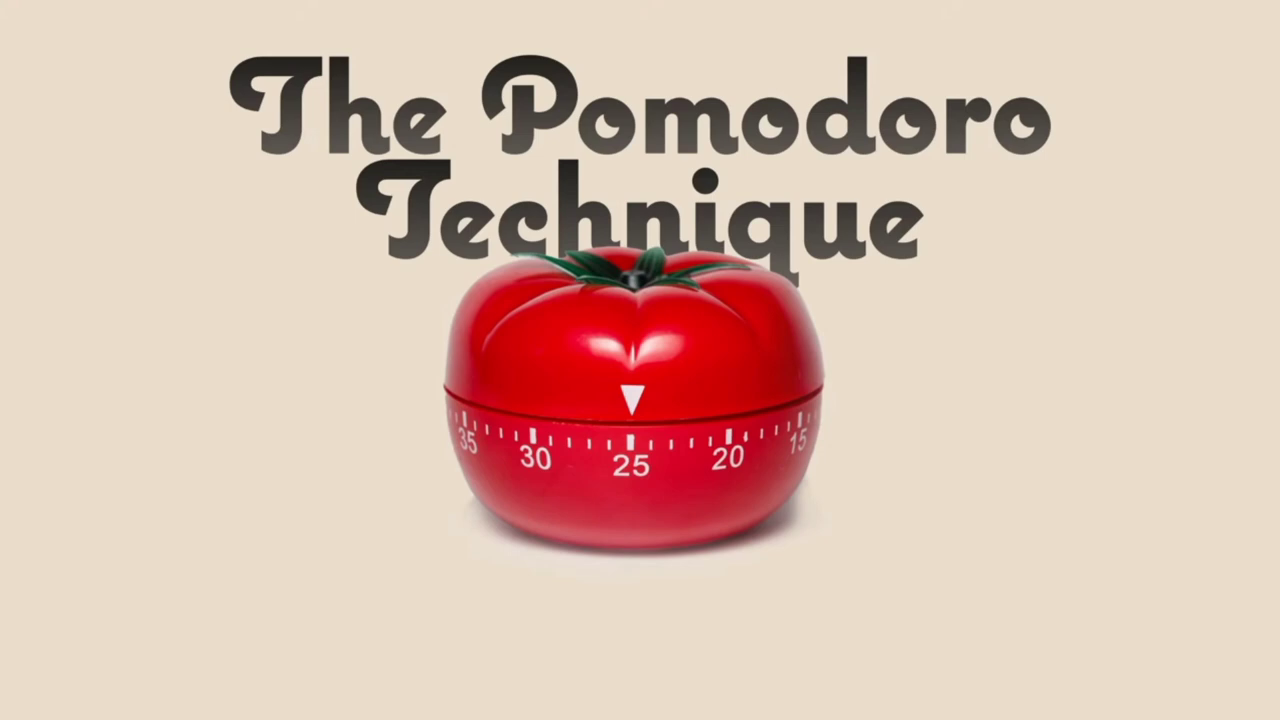
The Pomodoro technique is a time management method that breaks down work into manageable chunks separated by short breaks. It’s designed to keep you focused and motivated throughout your tasks.
This technique was developed by Francesco Cirillo, and it gets its name from the tomato-shaped timer he used when he first started using the method. “Pomodoro” is actually Italian for tomato!
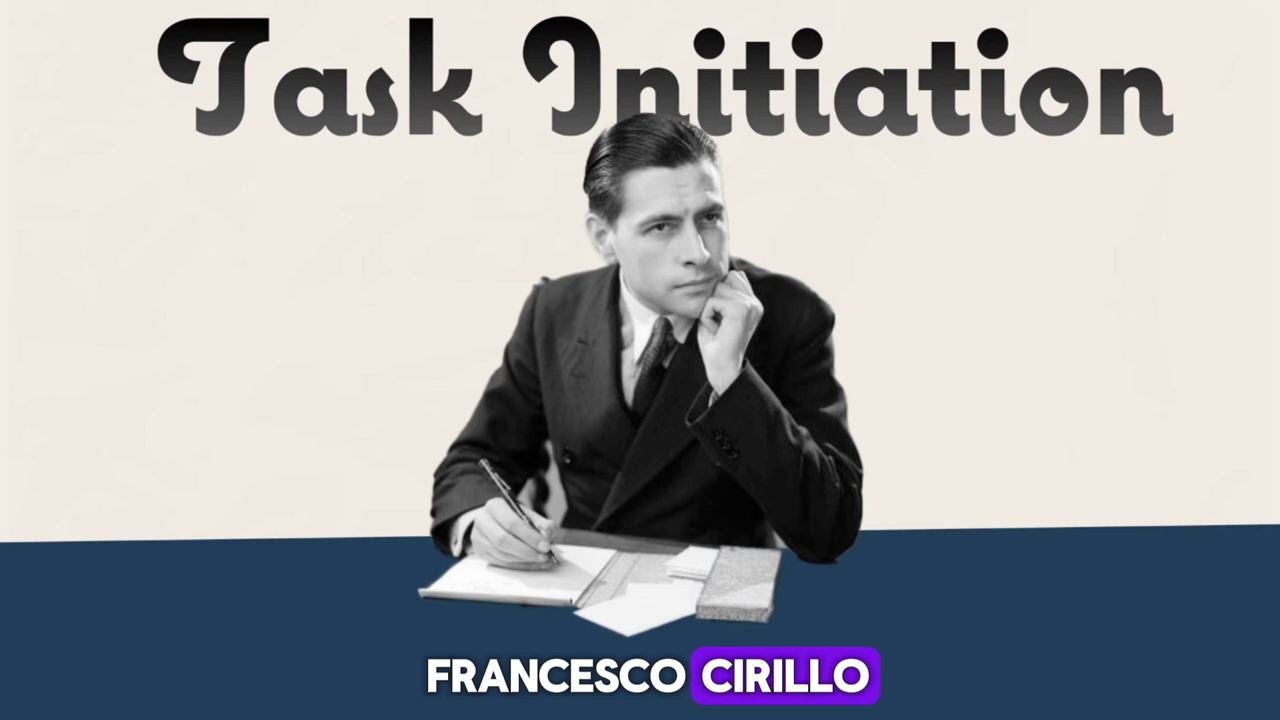
Here’s how it works:
After completing four Pomodoros (25-minute work sessions), you can take a longer break of 15-30 minutes.
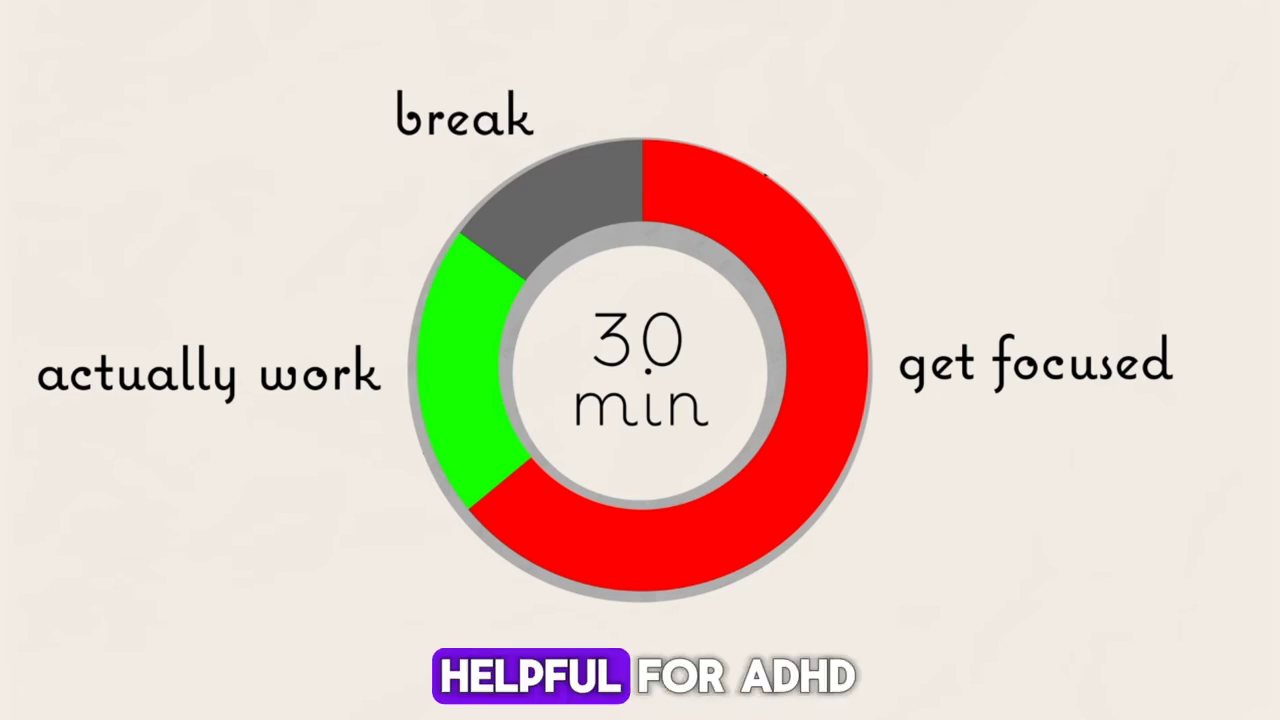
Folks with ADHD often struggle with staying focused on a single task for long periods of time. Actually, I think most of us can relate to this struggle! It’s easy to get overwhelmed by a big project or task, leading to procrastination and lack of progress.

The Pomodoro technique addresses this challenge by giving your brain short bursts of activity, followed by mini breaks or rewards. By breaking your work down into smaller, more manageable chunks, the task feels less intimidating and daunting.
“Sometimes you can have a task and you just don’t even know where to start and you end up doing nothing. So by breaking it down into smaller chunks, it feels less intimidating, less daunting.”
In addition to making tasks feel more approachable, the Pomodoro technique can also improve your focus. Knowing that you only have to concentrate for 25 minutes allows you to channel your energy more efficiently. You can give your full attention to the task at hand without feeling like you have to sustain that focus indefinitely.
Another benefit of the Pomodoro technique is its ability to boost motivation. Each completed Pomodoro gives you a sense of accomplishment, which can keep you going throughout your work session. Seeing tangible progress, even in small increments, is a powerful motivator.
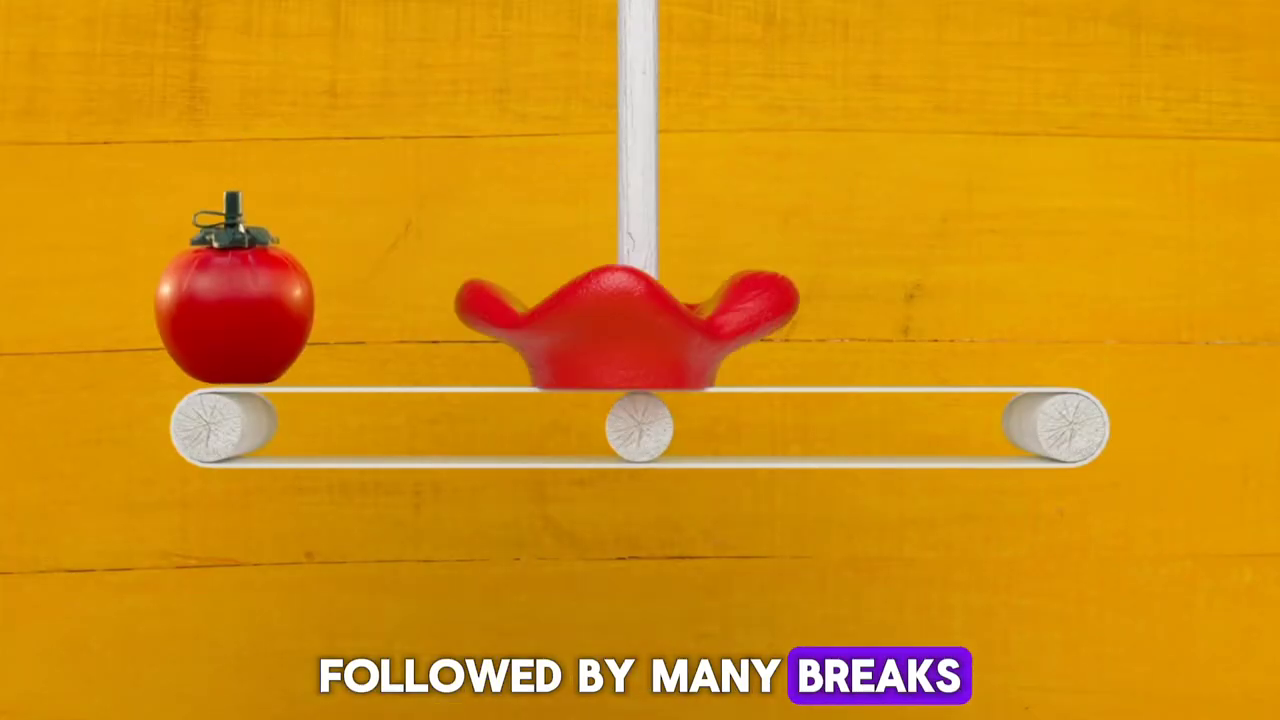
When using the Pomodoro technique, distractions can be your worst enemy – especially if you have ADHD. One strategy to combat this is called “Inform, Negotiate, and Call Back.”
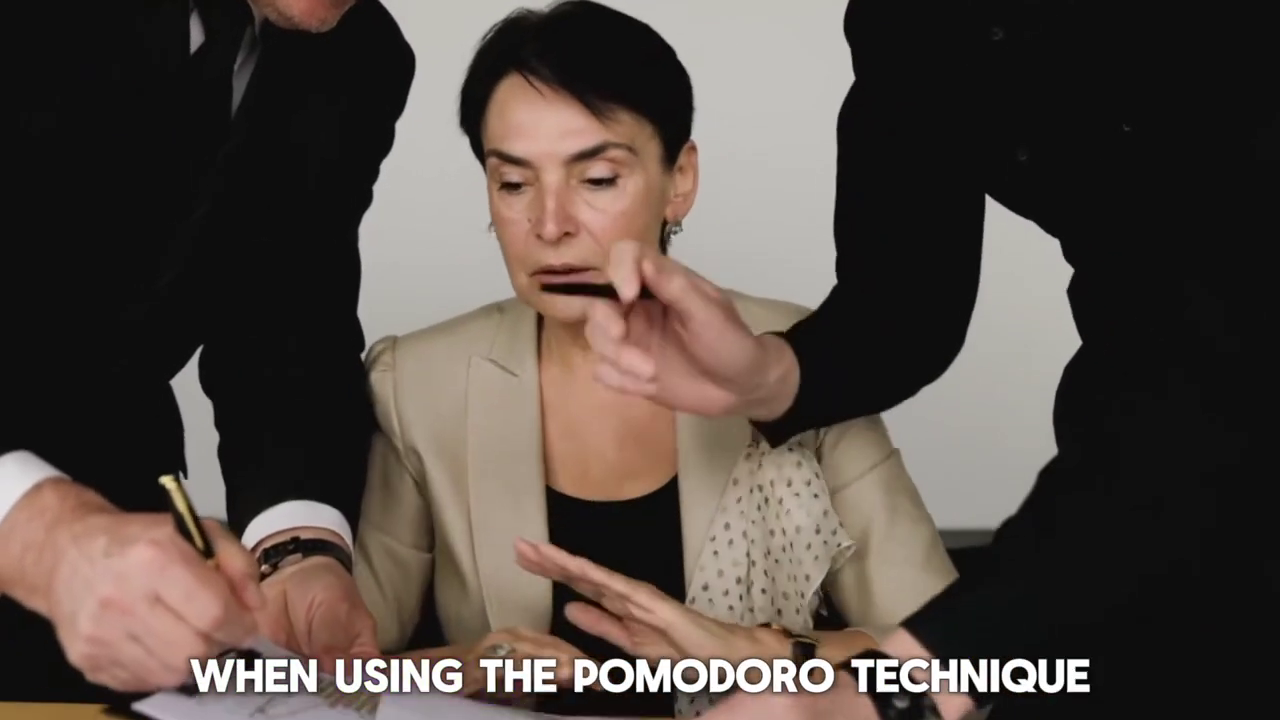
Here’s how it works:
By using this strategy, you can minimize the impact of distractions and maintain your focus during your work sessions.

# Here's a simple Python script to run a Pomodoro timer:import timedef pomodoro_timer(minutes):seconds = minutes * 60while seconds > 0:print(f"{seconds // 60:02d}:{seconds % 60:02d}", end="\r")time.sleep(1)seconds -= 1print("Time's up!")print("Pomodoro Timer")while True:input("Press Enter to start a 25-minute Pomodoro...")pomodoro_timer(25)input("Take a 5-minute break. Press Enter to continue...")pomodoro_timer(5)The Pomodoro technique is a simple yet powerful tool for managing your time and boosting your productivity. By breaking your work into focused, 25-minute intervals separated by short breaks, you can overcome the challenges of staying focused and motivated – even if you have ADHD.
Remember, the key to success with the Pomodoro technique is consistency and patience. Stick with it, even if it feels challenging at first, and you’ll likely find that it becomes an invaluable part of your workflow.
So why not give it a try? Grab a timer, break down your tasks, and start tackling them one Pomodoro at a time. You might be surprised at how much you can accomplish!

Hello and welcome back to the blog. If you’re someone dealing with ADHD, or know somebody who does, you’ve probably been through the drill: endless waiting rooms, the hustle to make it on time for appointments, and sometimes even the struggle to find childcare or manage transportation. The big question on many minds today is: can you bypass all that and manage your ADHD from the comfort of your home? Well, we’re diving into something pretty spectacular that’s paving the way for such a possibility—telemedicine for ADHD.
First things first, let’s tackle a pressing question: Does telemedicine work for ADHD? The answer: a resounding yes!
Studies have shown that telemedicine—or teletherapy as it’s sometimes called—can be just as effective as traditional in-person visits. This is particularly true for follow-up appointments with your healthcare provider. Think of it this way, teletherapy is like having your doctor just a video chat away.
For those with ADHD, the perks of teletherapy are impressive. It’s not just about convenience or saving time, although those are pretty significant benefits. Telemedicine can dissolve barriers such as transportation difficulties or childcare responsibilities, which can often stand in the way of treatment.
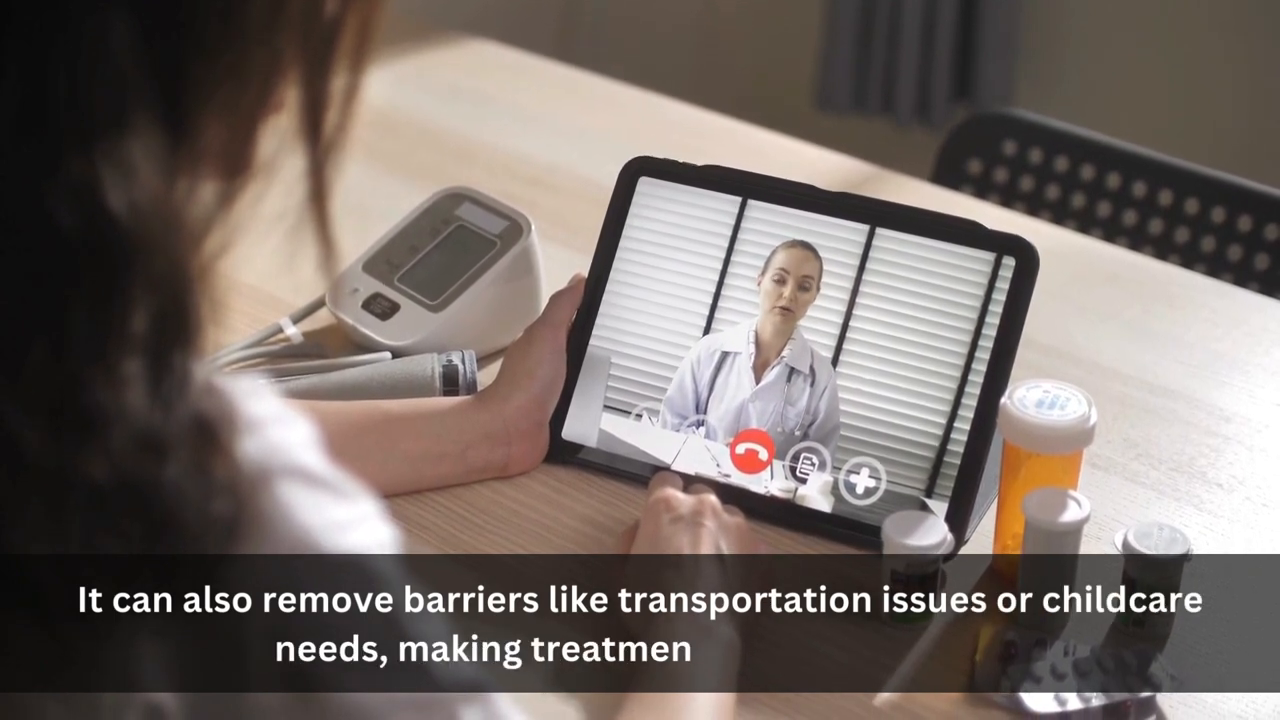
When you think telemedicine, think video chats with your doctor or therapist. While it’s true that some initial assessments might call for an in-person visit, for ongoing conversations, check-ins, and follow-up appointments, teletherapy is ideal. It’s the perfect platform to discuss how you’re feeling, get your prescription refills, and delve into therapy techniques—all this without stepping outside your home.
“Teletherapy offers a powerful tool for managing ADHD, providing flexibility, accessibility, and potentially making treatment easier to stick with.”
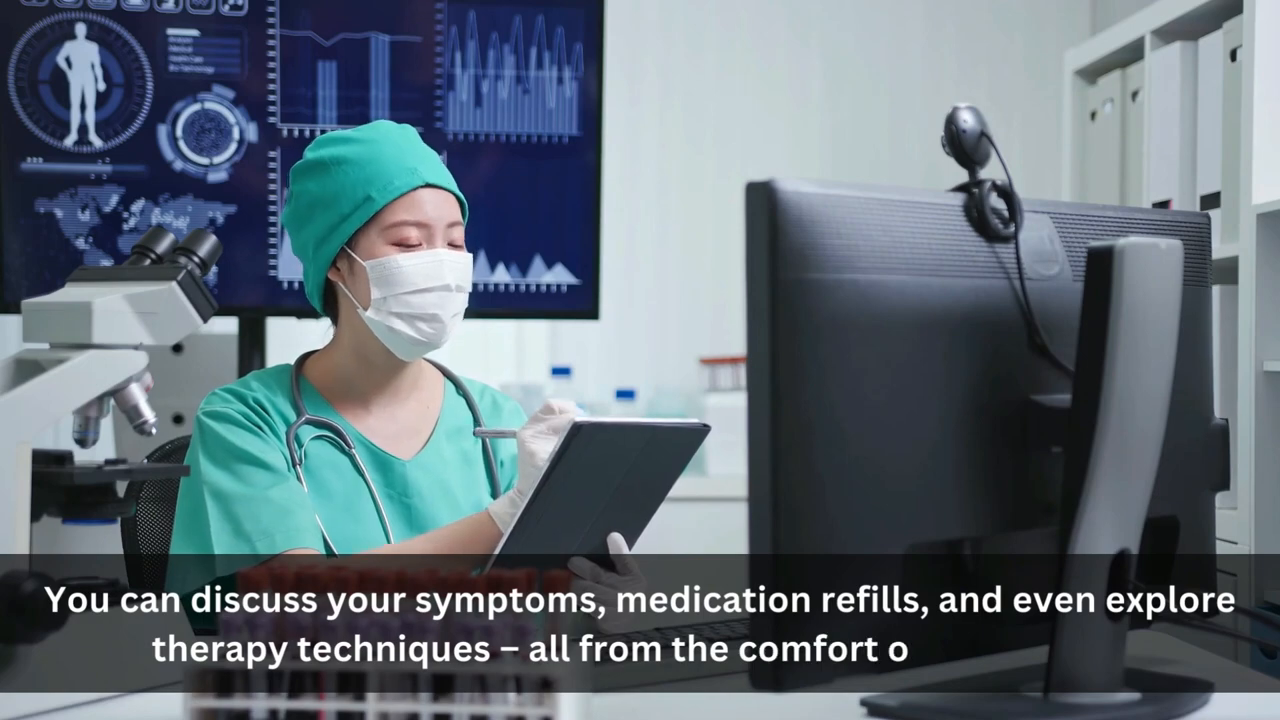
Before you jump on board the teletherapy train, there are a few things to keep in mind. A reliable and strong internet connection is pretty much the backbone of a smooth online experience. Without it, you might end up more frustrated than relieved.
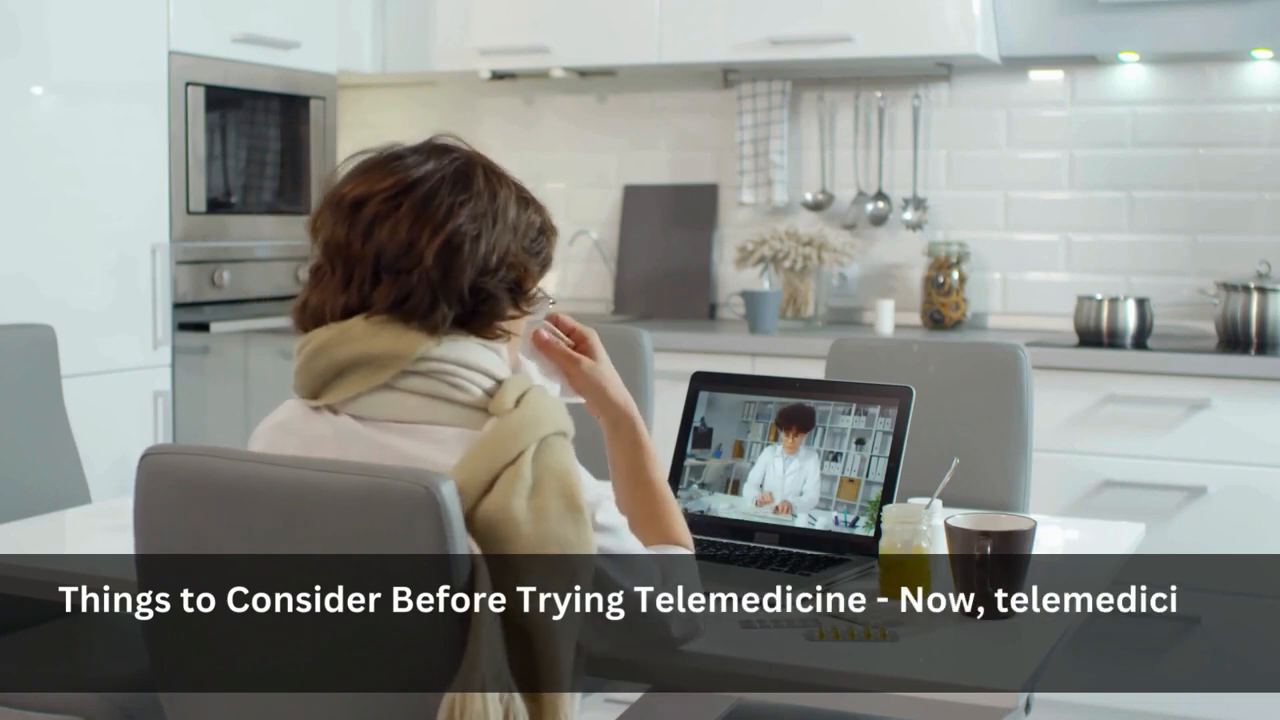
Also, we’re all different, and some folks might simply prefer that face-to-face interaction. It’s essential to find a doctor or therapist you’re comfortable with over a virtual setup.
Telemedicine or teletherapy could be the game changer you’ve been waiting for, especially if managing your ADHD has felt like an uphill battle.
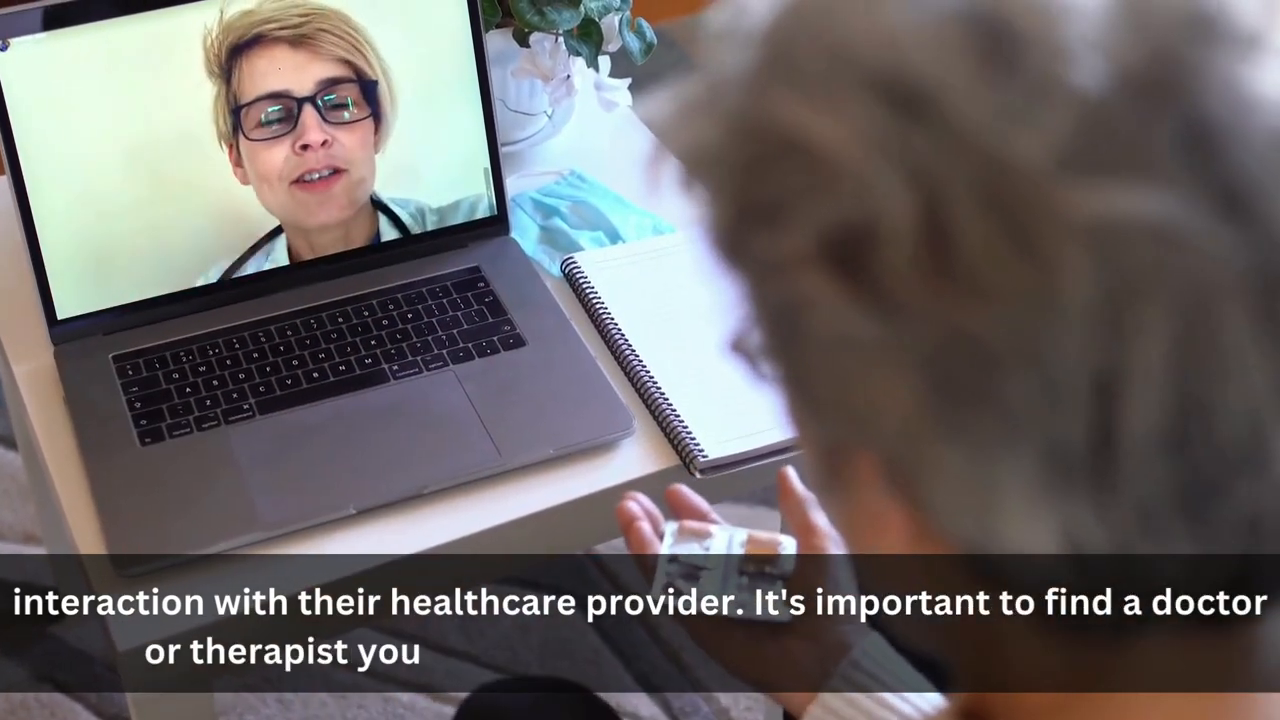
Not only does teletherapy offer flexibility, but it also makes treatment far more accessible than it has been. No more logistical juggling to make it to the doctor’s office!
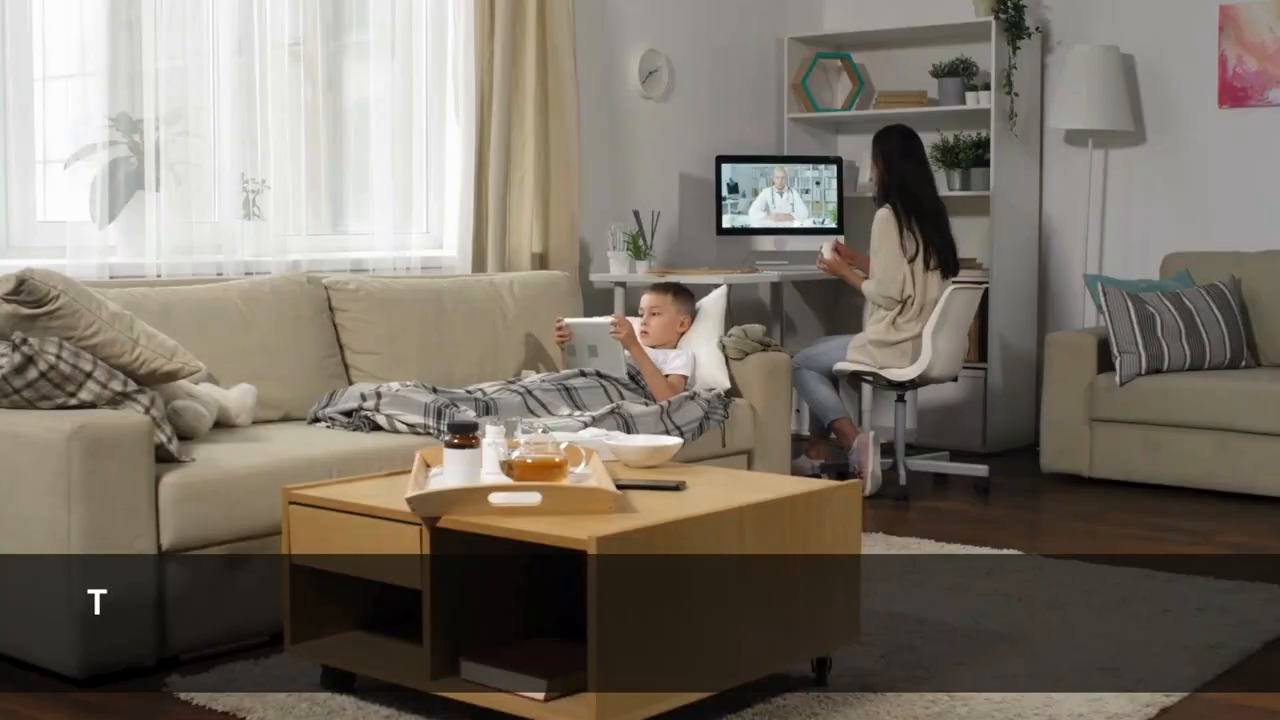
If this conversation has piqued your interest, why not reach out to your doctor? See if teletherapy fits into your life puzzle.
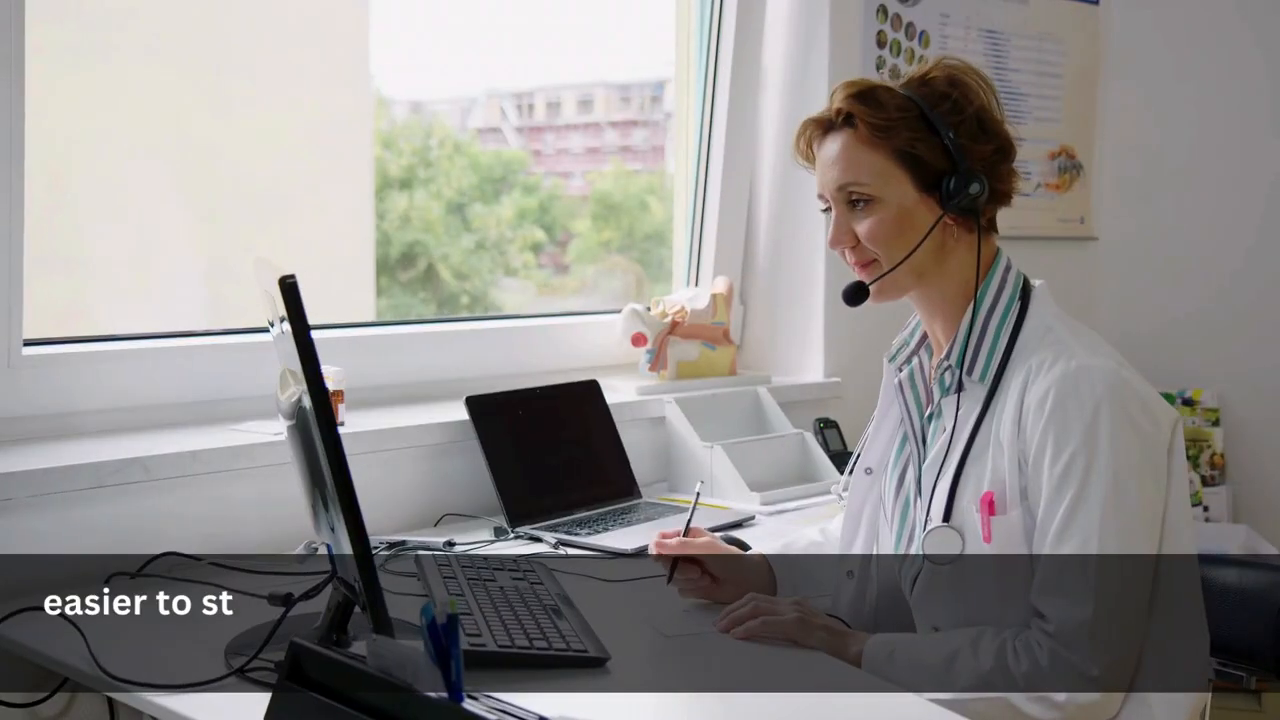
Thanks for joining in on the discussion about teletherapy. If you’re eager to dive deeper or have questions you need answered, don’t hesitate to contact our office at 912-662-6501. Our friendly staff is ready to guide you through your options for teletherapy and mental health.

And hey, we want to know your take on teletherapy. Have you given it a try? Is it something you’d consider? Let us know in the comments!
Remember to hit that like button if you found this information helpful, and subscribe for more enlightening content on ADHD and mental health. Catch you next time!

Call to Action:
Are you ready to embrace a more accessible approach to managing ADHD? Talk to your doctor about teletherapy today. For more information and resources on mental health, make sure to subscribe to our blog for updates.

Your thoughts matter! Share your teletherapy experiences or questions in the comments below, and we’ll jump into the conversation together.
(Remember, caring is sharing—hit that like button and subscribe for more ADHD and mental health insights!)
Contact Us:
📞 912-662-6501
 Living with adult attention deficit hyperactivity disorder (ADHD) can seem like you’re navigating a labyrinth without a map. It involves unique challenges that can impact various aspects of day-to-day life. But fear not, my friends! With a handful of effective coping strategies, you can bolster your daily performance and give your overall wellness a much-needed boost.
Living with adult attention deficit hyperactivity disorder (ADHD) can seem like you’re navigating a labyrinth without a map. It involves unique challenges that can impact various aspects of day-to-day life. But fear not, my friends! With a handful of effective coping strategies, you can bolster your daily performance and give your overall wellness a much-needed boost.
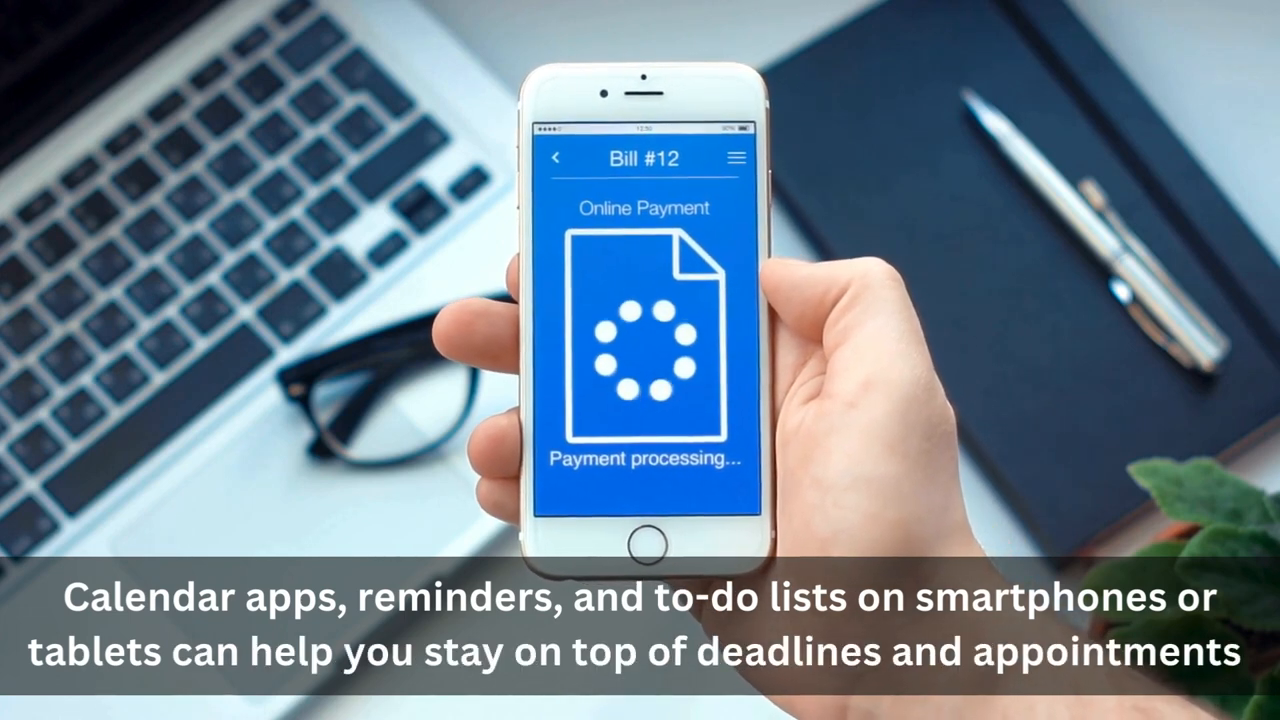
Take Charge with Tech: Use organizational tools and technology like calendar apps, reminders, and to-do lists on your smartphones or tablets. These can be your trusty sidekicks in staying a step ahead of deadlines and not missing that crucial dentist appointment.
“Digital tools – turning chaos into order one notification at a time.”

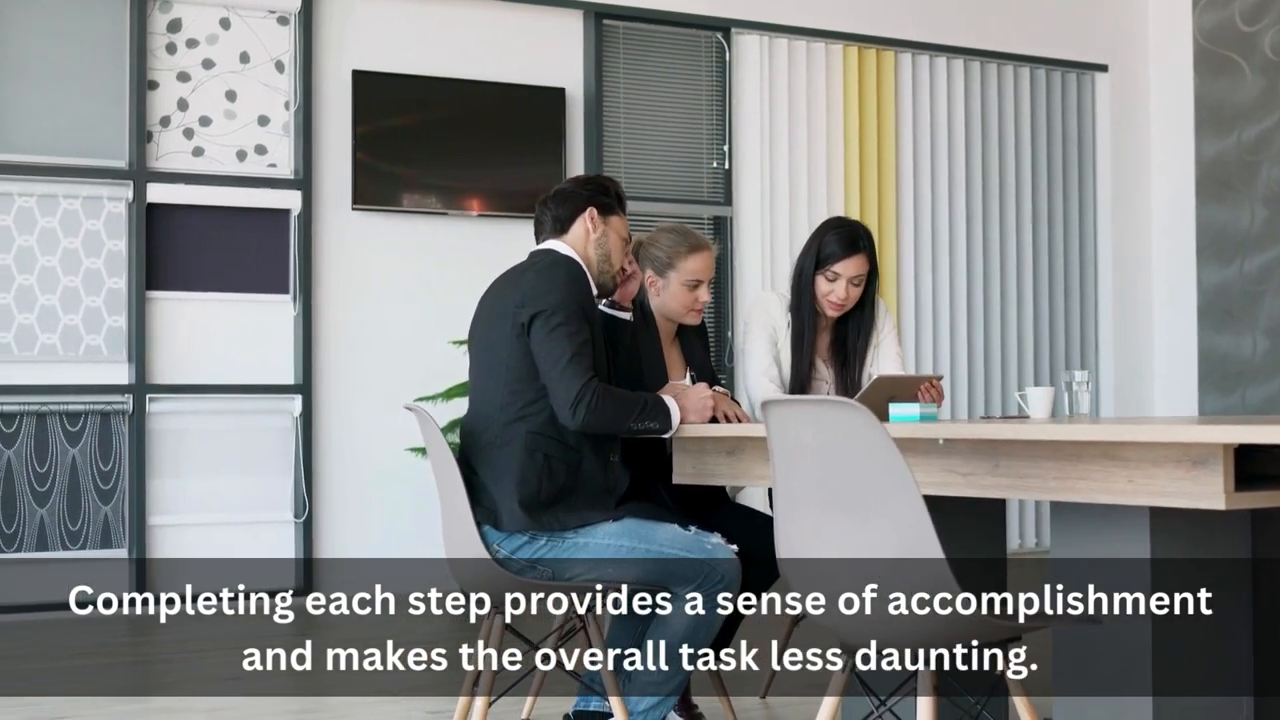
Small Victories Count: If you’re staring at a task that seems like a mountain, break it down! Smaller steps are like trekking a series of hills instead – totally doable, right? Each step you complete is like collecting a gold coin of accomplishment, making that mountain look more like a molehill in the end.
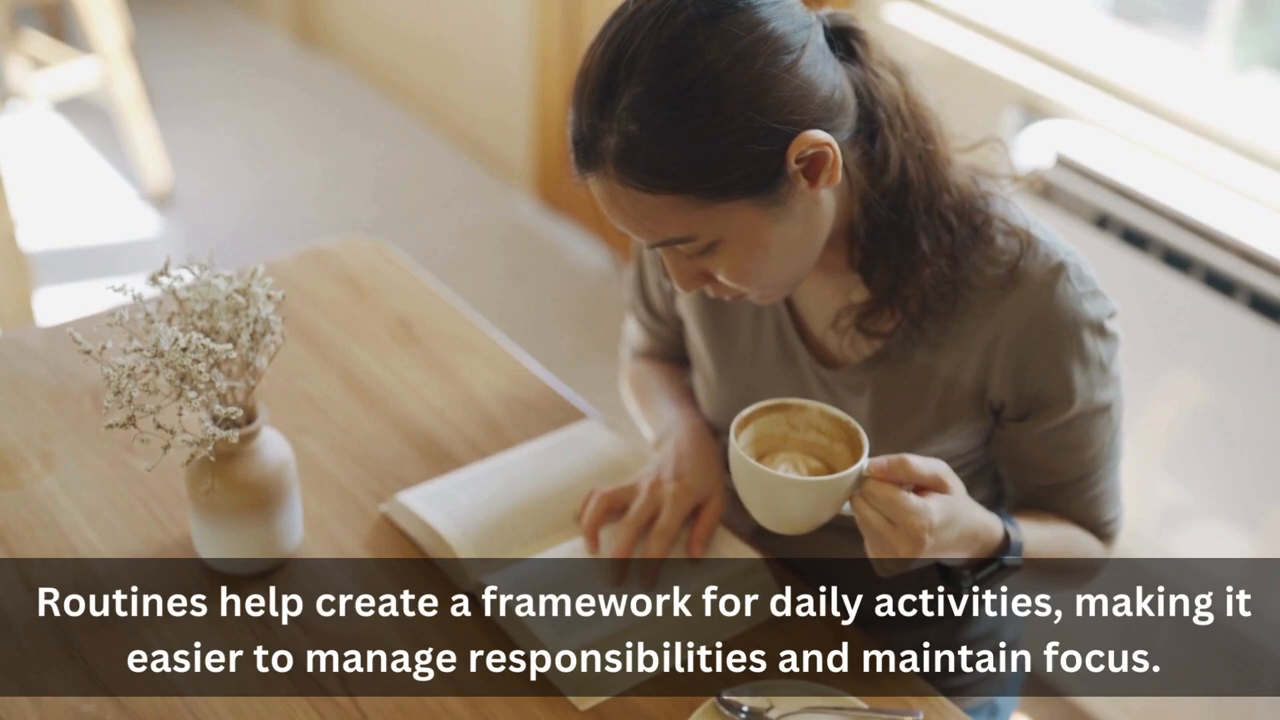
Consistency Is Key: Establish routines. They’re the friendly ghosts in your machine, providing structure and predictability. Think of routines as the skeleton that holds up your day, making it way easier to juggle responsibilities like a seasoned circus performer.
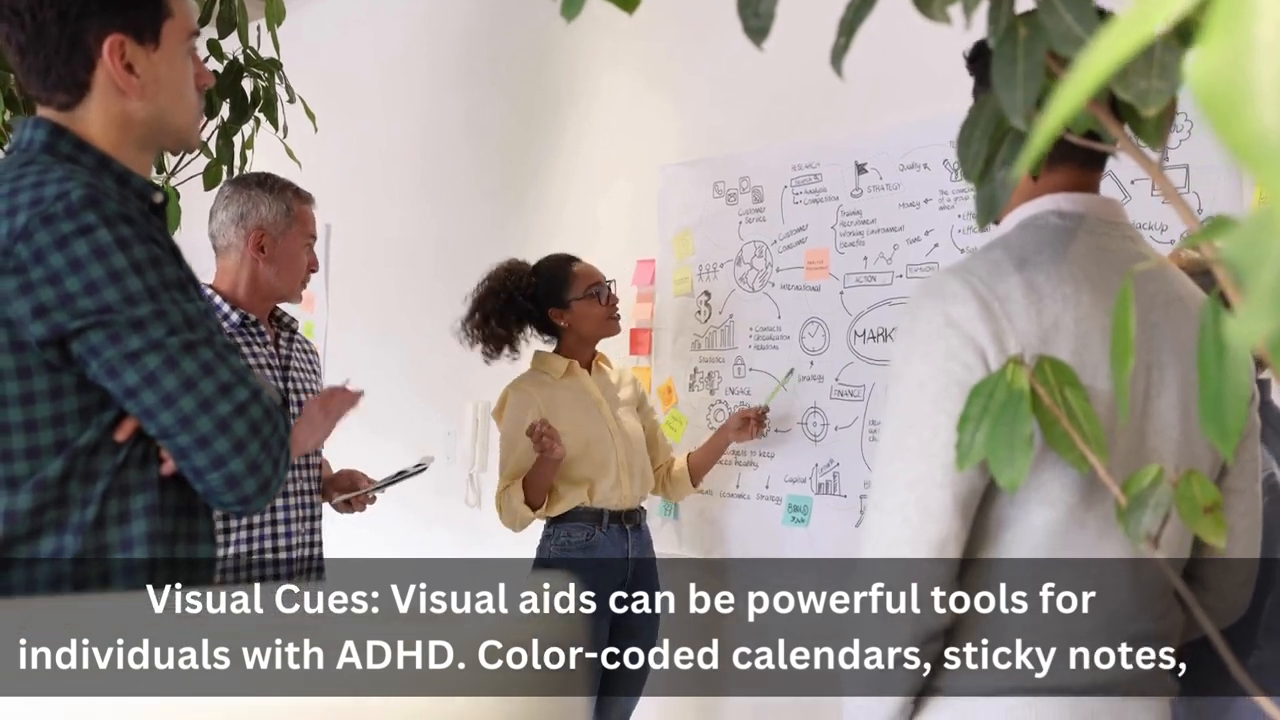
Paint with Colorful Cues: Visual aids are your flashlight in the fog. Color-coded calendars and sticky notes are more than just decorations; they’re your silent partners in crime (the good kind of crime) that help you stick to priorities and hit those pesky deadlines.

Sort Out What Matters: Not every task is a five-alarm fire. Pick the ones that really matter and focus there first. And delegation? It’s not just a fancy word for laziness – it’s strategy, baby! When you can, pass on tasks that don’t need the magic touch of your wand.

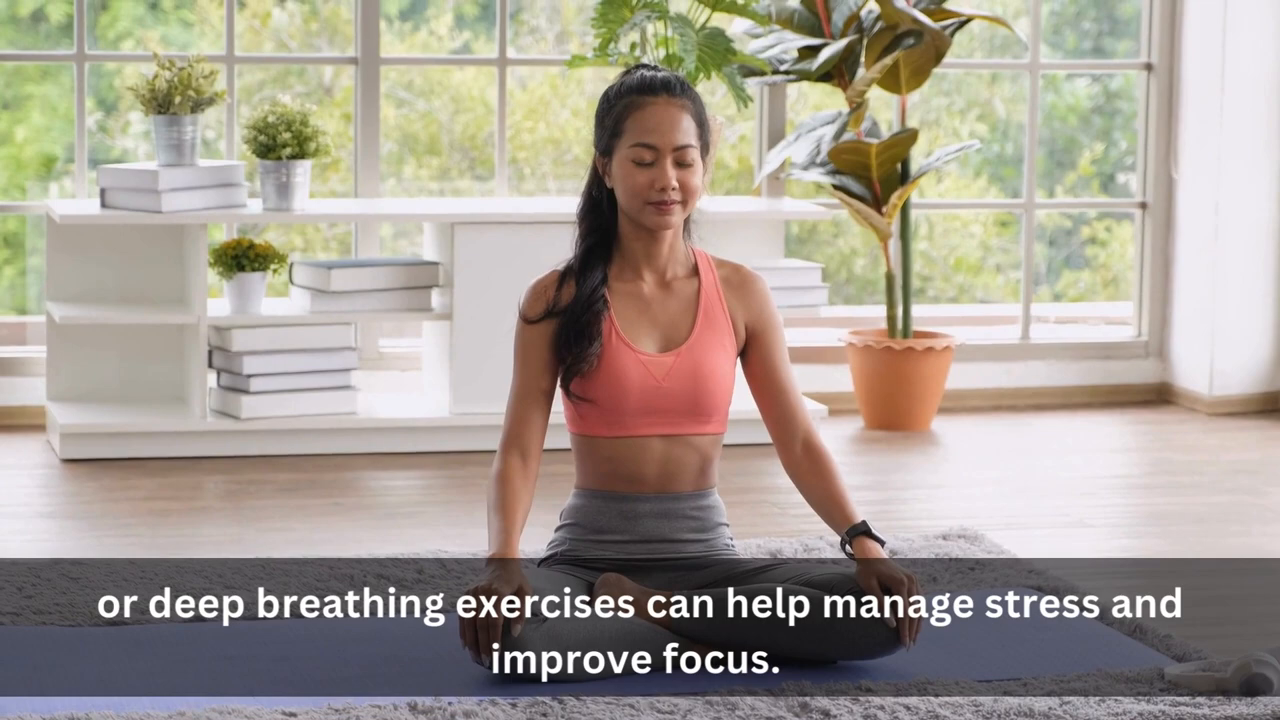
Calm the Mind, Tame the Chaos: A little bit of mindfulness or a few deep breaths can go a long way to calm the tides of stress. Weave these practices into your daily routine, like that morning cup of coffee, and watch as they lay down a lovely picnic blanket over the ants of anxiety.

Call in the Cavalry from the Get-Go: There are superheroes among us. No, not with capes, but with degrees and cozy offices. Psychologists, therapists, and counselors who specialize in ADHD are there for you to provide ace tools and strategies to keep the ship sailing smoothly.
If you or a loved one is wading through the ADHD waters and could use a life preserver, dial our lifeline at 912-662-6501 and chat with our welcoming crew. Let’s get you or your loved one back on top of those waves.

Before I wave goodbye, I’ve got two tiny requests. Could you be a dear and hit that subscribe button if you’ve found these strategies helpful? Your support means more than you know. And while you’re clicking away, why not treat yourself to another ADHD video? Just peek at the lower left of your screen—I’ve left something special there just for you.
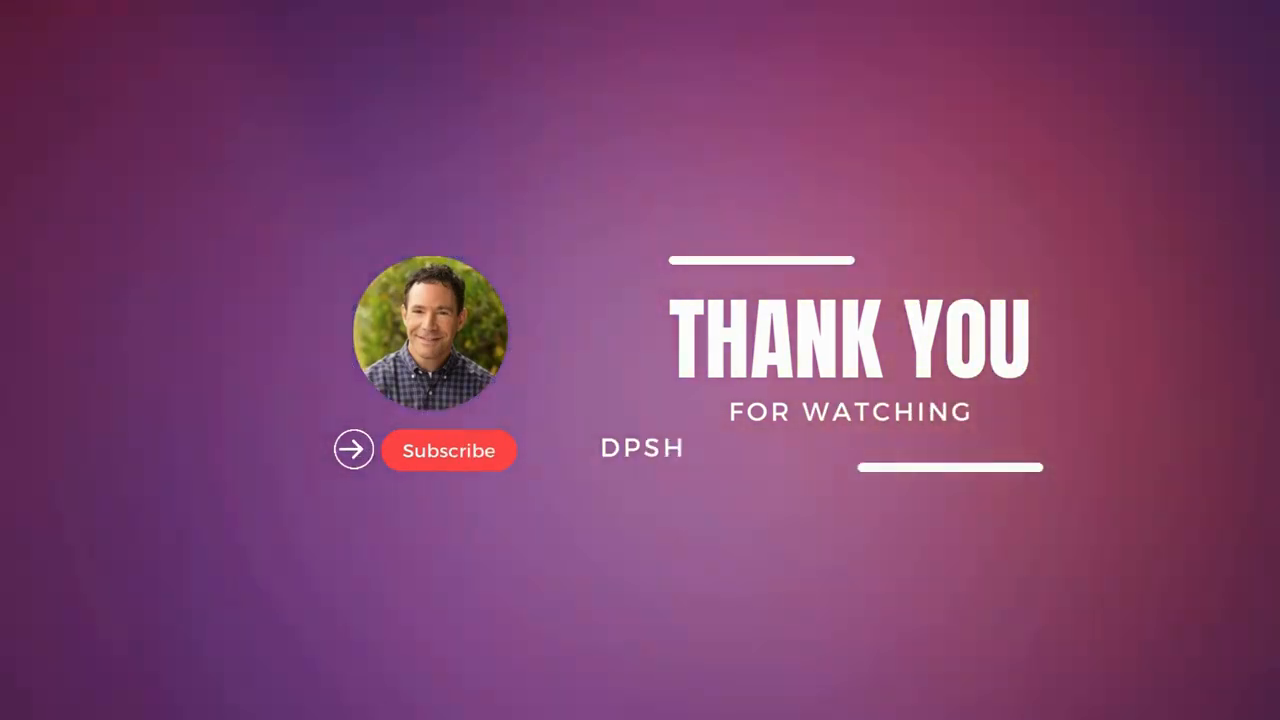
In closing, I want you to remember: Adult ADHD may feel like an uninvited party guest, but with these seven strategies, you’ll have the crowd-pleasing moves to turn it into the life of the party instead.
Thanks for stopping by, and keep thriving and jiving, my friends!
Attention Deficit Hyperactivity Disorder (ADHD) is a neurodevelopmental condition that impacts people of all ages. Despite its prevalence, there are still misconceptions surrounding ADHD, leading to confusion and stigma. In this blog post, we’ll delve into the intricacies of ADHD, exploring its characteristics, causes, and the various ways it can manifest.
What is ADHD?
ADHD is a condition that affects an individual’s ability to regulate attention, control impulses, and manage hyperactivity. While commonly associated with children, ADHD often persists into adolescence and adulthood. The three primary subtypes of ADHD are predominantly inattentive, predominantly hyperactive-impulsive, and combined presentation.
While the exact causes of ADHD are not fully understood, a combination of genetic, environmental, and neurological factors is believed to contribute. Research suggests that imbalances in neurotransmitters, particularly dopamine and norepinephrine, may play a role in the development of ADHD.
Diagnosing ADHD involves a comprehensive assessment by a healthcare professional, considering behavioral observations, medical history, and symptoms’ impact on daily life. Treatment approaches may include:
It’s essential to dispel the stigma surrounding ADHD. ADHD is not a result of laziness or a lack of discipline; it is a legitimate neurodevelopmental condition. Understanding and empathy can go a long way in supporting individuals with ADHD on their journey to success.
Conclusion
In conclusion, ADHD is a complex and multifaceted condition that requires a comprehensive approach to diagnosis and treatment. By fostering awareness, embracing neurodiversity, and providing support, we can create a more inclusive environment for individuals with ADHD to thrive in all aspects of life.
Adult ADHD: 7 Effective Coping Strategies
Attention Deficit Hyperactivity Disorder (ADHD) can pose unique challenges for adults in various aspects of life. However, with the right coping strategies, individuals with adult ADHD can navigate daily tasks more effectively and enhance their overall well-being. Here are seven coping strategies to consider:
Utilize Tools and Technology:
Take advantage of organizational tools and technology to assist with time management and task prioritization. Calendar apps, reminders, and to-do lists on smartphones or tablets can help you stay on top of deadlines and appointments.
Break Tasks into Smaller Steps:
Large tasks can be overwhelming for individuals with ADHD. Break them down into smaller, more manageable steps. Completing each step provides a sense of accomplishment and makes the overall task less daunting.
Implement Routines:
Establishing routines and sticking to a consistent schedule can provide structure and predictability. Routines help create a framework for daily activities, making it easier to manage responsibilities and maintain focus.
Use Visual Cues:
Visual aids can be powerful tools for individuals with ADHD. Color-coded calendars, sticky notes, or visual schedules can help reinforce routines, priorities, and deadlines. These cues serve as reminders and promote organization.
Prioritize and Delegate:
Recognize the importance of prioritizing tasks. Focus on the most critical activities first and consider delegating less crucial responsibilities when possible. Prioritization helps prevent feeling overwhelmed by a long to-do list.
Practice Mindfulness and Relaxation Techniques:
Mindfulness and relaxation techniques, such as meditation or deep breathing exercises, can help manage stress and improve focus. Incorporate these practices into your daily routine to enhance overall mental well-being.
Seek Professional Support:
Consult with healthcare professionals, such as psychologists or therapists, who specialize in ADHD. Behavioral therapy and counseling can provide valuable tools and strategies for managing ADHD symptoms, improving coping skills, and addressing emotional challenges.
Remember that coping strategies may vary from person to person, and it may take time to find what works best for you. Consistent implementation of these strategies, along with professional guidance, can contribute to a more organized and balanced life.
In conclusion, adults with ADHD can successfully navigate daily challenges by adopting effective coping strategies. By incorporating tools, routines, and mindfulness practices into their lives, individuals with ADHD can enhance their overall well-being and achieve greater success in both personal and professional endeavors.
The ADHD Test: 10 Symptoms That Might Indicate You Have ADHD
Introduction
Attention Deficit Hyperactivity Disorder (ADHD) is a neurodevelopmental condition that can affect individuals of all ages. While only a licensed healthcare professional can provide an accurate diagnosis, recognizing common symptoms is the first step towards seeking proper assessment and support. In this article, we’ll explore 10 symptoms that might indicate you have ADHD.
Conclusion
If you identify with several of these symptoms, it’s essential to consult with a healthcare professional for a comprehensive evaluation. Only a licensed specialist can provide an accurate diagnosis and recommend appropriate interventions, which may include behavioral therapies, educational support, and, in some cases, medication.